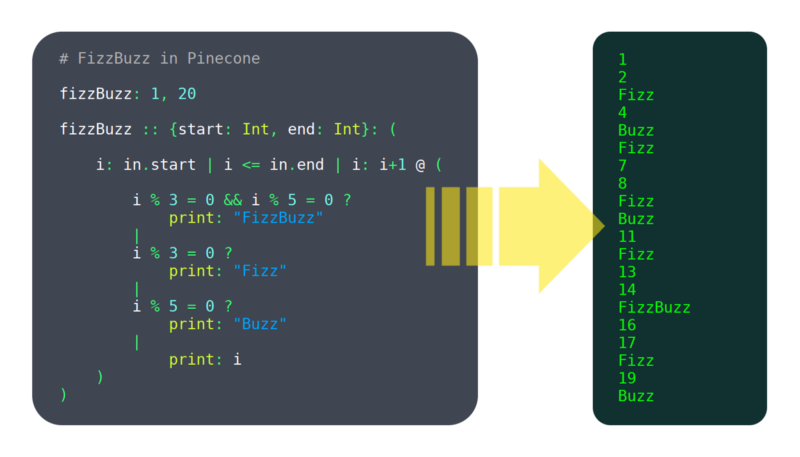
The assembler then turns that program into a machine language program.


Click the link for more information. called an assembler. They use simple mnemonics such as A for "add" or M for "multiply," which are translated into machine language by a computer program computer program,Ī series of instructions that a computer can interpret and execute programs are also called software to distinguish them from hardware, the physical equipment used in data processing. First-generation languages, called machine languages, required the writing of long strings of binary numbers to represent such operations as "add," "subtract," "and compare." Later improvements allowed octal, decimal, or hexadecimal representation of the binary strings.īecause writing programs in machine language is impractical (it is tedious and error prone), symbolic, or assembly, languages-second-generation languages-were introduced in the early 1950s. Click the link for more information.), which uses only the digits 1 and 0. In any place value system of numeration, a base number must be specified, and groupings are then made by powers of the base number. In mathematics, process of designating numbers according to any particular system the number designations are in turn called numerals. Development of Low-Level LanguagesĪll computers operate by following machine language programs, a long sequence of instructions called machine code that is addressed to the hardware of the computer and is written in binary notation (see numeration numeration,

A computer is distinguished from a calculating machine, such as an electronic calculator, by being able to store a computer program (so that it can repeat its operations and make logical Programming language, syntax, grammar, and symbols or words used to give instructions to a computer computer,ĭevice capable of performing a series of arithmetic or logical operations.


 0 kommentar(er)
0 kommentar(er)
